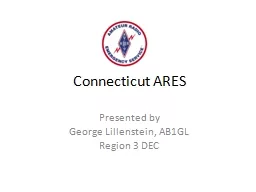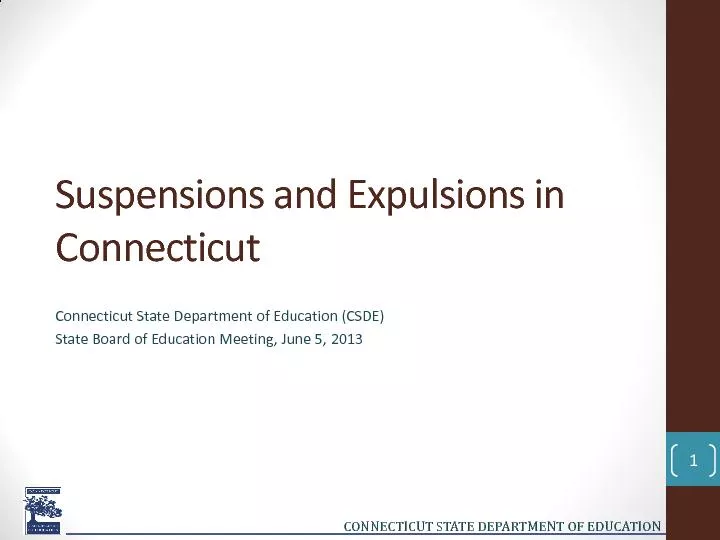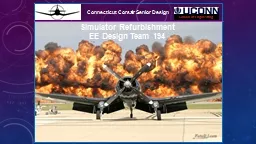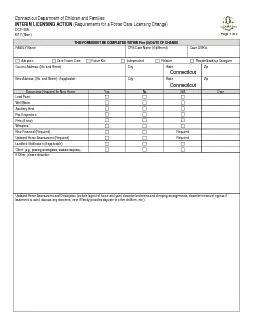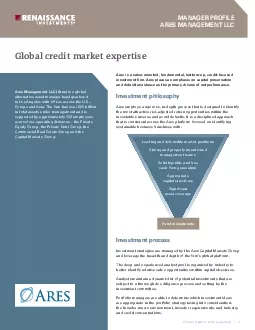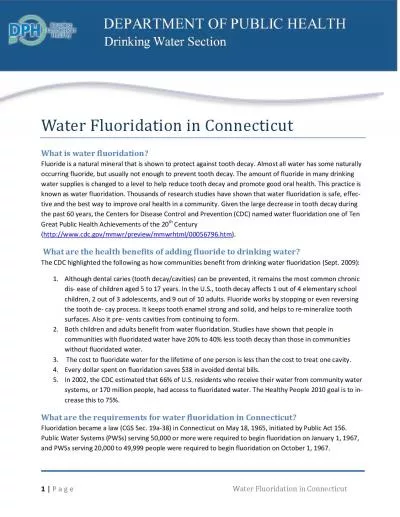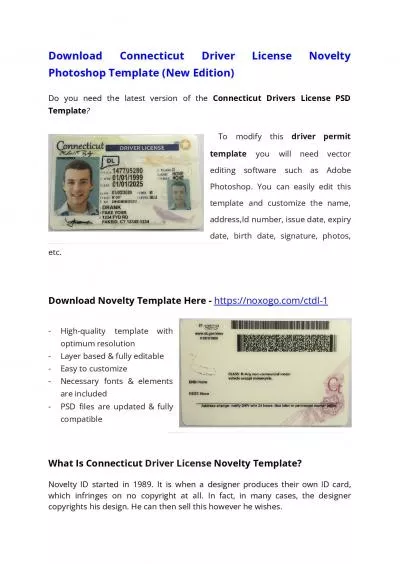PPT-Connecticut ARES
Author : myesha-ticknor | Published Date : 2017-04-30
Presented by George Lillenstein AB1GL Region 3 DEC WhoWhat is ARES The Amateur Radio Emergency Service Licensed amateur radio operators who volunteer for emergency
Presentation Embed Code
Download Presentation
Download Presentation The PPT/PDF document "Connecticut ARES" is the property of its rightful owner. Permission is granted to download and print the materials on this website for personal, non-commercial use only, and to display it on your personal computer provided you do not modify the materials and that you retain all copyright notices contained in the materials. By downloading content from our website, you accept the terms of this agreement.
Connecticut ARES: Transcript
Download Rules Of Document
"Connecticut ARES"The content belongs to its owner. You may download and print it for personal use, without modification, and keep all copyright notices. By downloading, you agree to these terms.
Related Documents

